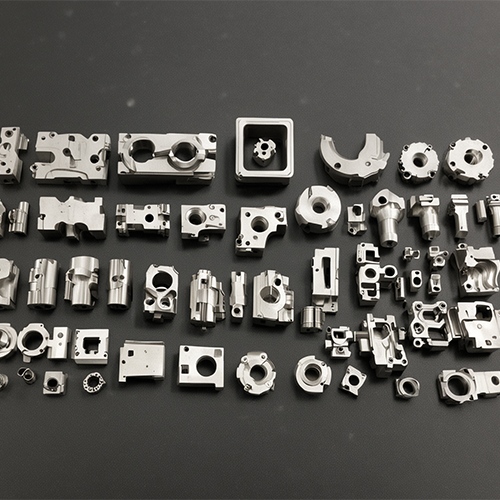CNC machining is a technology that uses computer digital control of machine tools for precise machining. Titanium alloys are widely used in aerospace, medical equipment, high-performance racing, and other fields due to their excellent physical and chemical properties, such as high strength, low density, good corrosion resistance, and biocompatibility. CNC machining of titanium alloy parts can achieve the manufacturing of complex shapes and fine dimensions, meeting specific engineering requirements.

Steps and Techniques for CNC Machining of Titanium Alloy Parts
- Choose the right cutting tools: Use cutting tools with special coatings such as TiCN or TiAlN that can improve tool durability and machining performance.
- Consider cutting parameters: When machining titanium alloys, special attention needs to be paid to cutting speeds, feed rates and depths of cut to avoid excessive heating and tool wear. Using high-pressure coolant can help control temperatures and extend tool life.
- Securely fix parts: Since titanium alloy processing is prone to vibration, it is necessary to ensure that the workpiece is firmly fixed to reduce vibration and prevent deformation of the workpiece.
- Use high-speed CNC machining technology: High-speed machining can increase metal removal rate, reduce machining time, and improve the surface quality of parts.
- Optimize machining paths: By programming with advanced CAM software, you can optimize machining paths, reduce tool wear, and improve machining efficiency and accuracy.
Common Challenges and Solutions for CNC Machining Titanium Alloy Parts
Challenges faced when machining titanium alloys include high chemical reactivity, low thermal conductivity, high cutting forces and tool wear. Solutions to these challenges include using specially designed cutting tools, implementing effective cooling strategies, optimizing cutting parameters and adopting advanced machining techniques.
